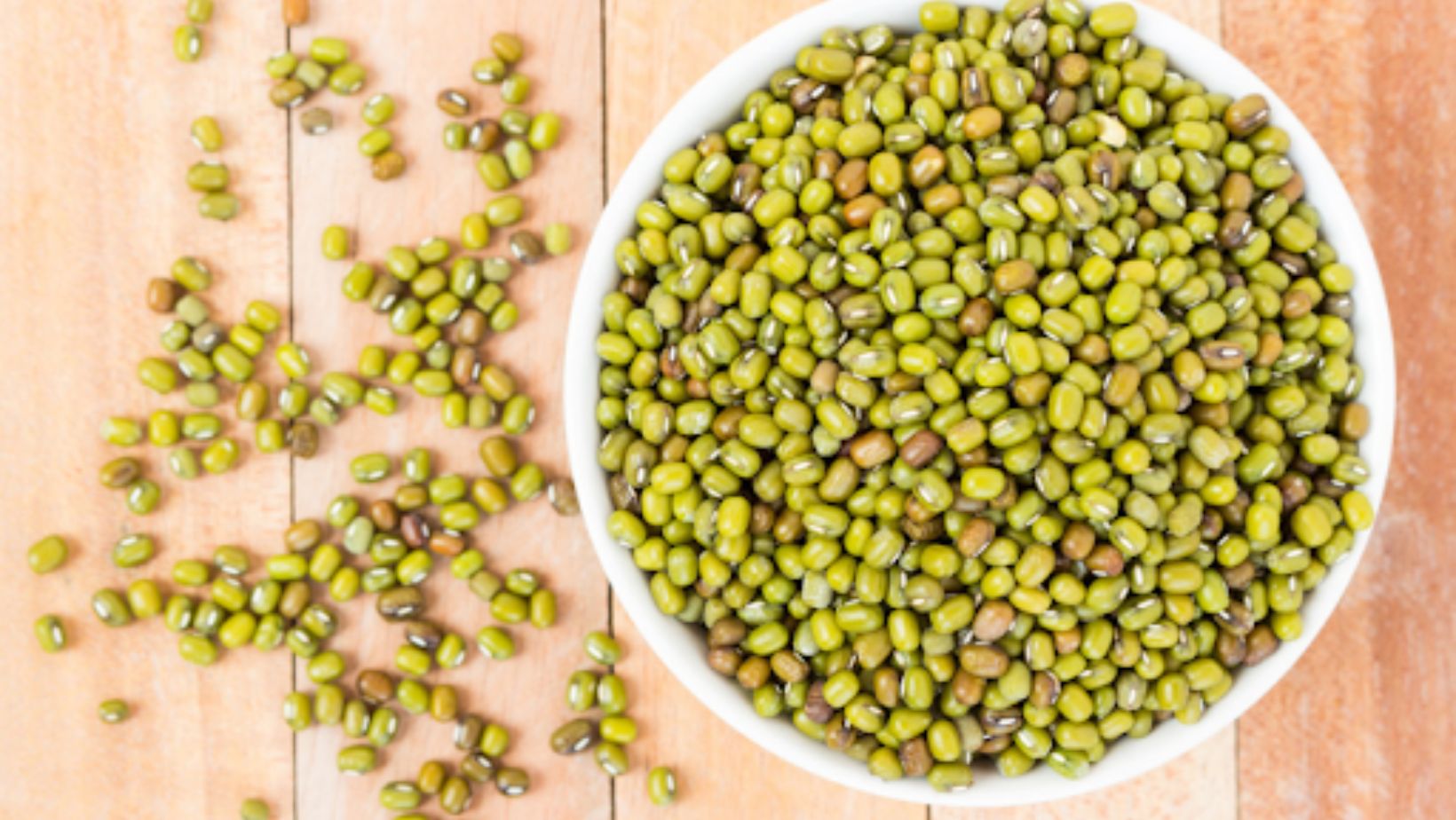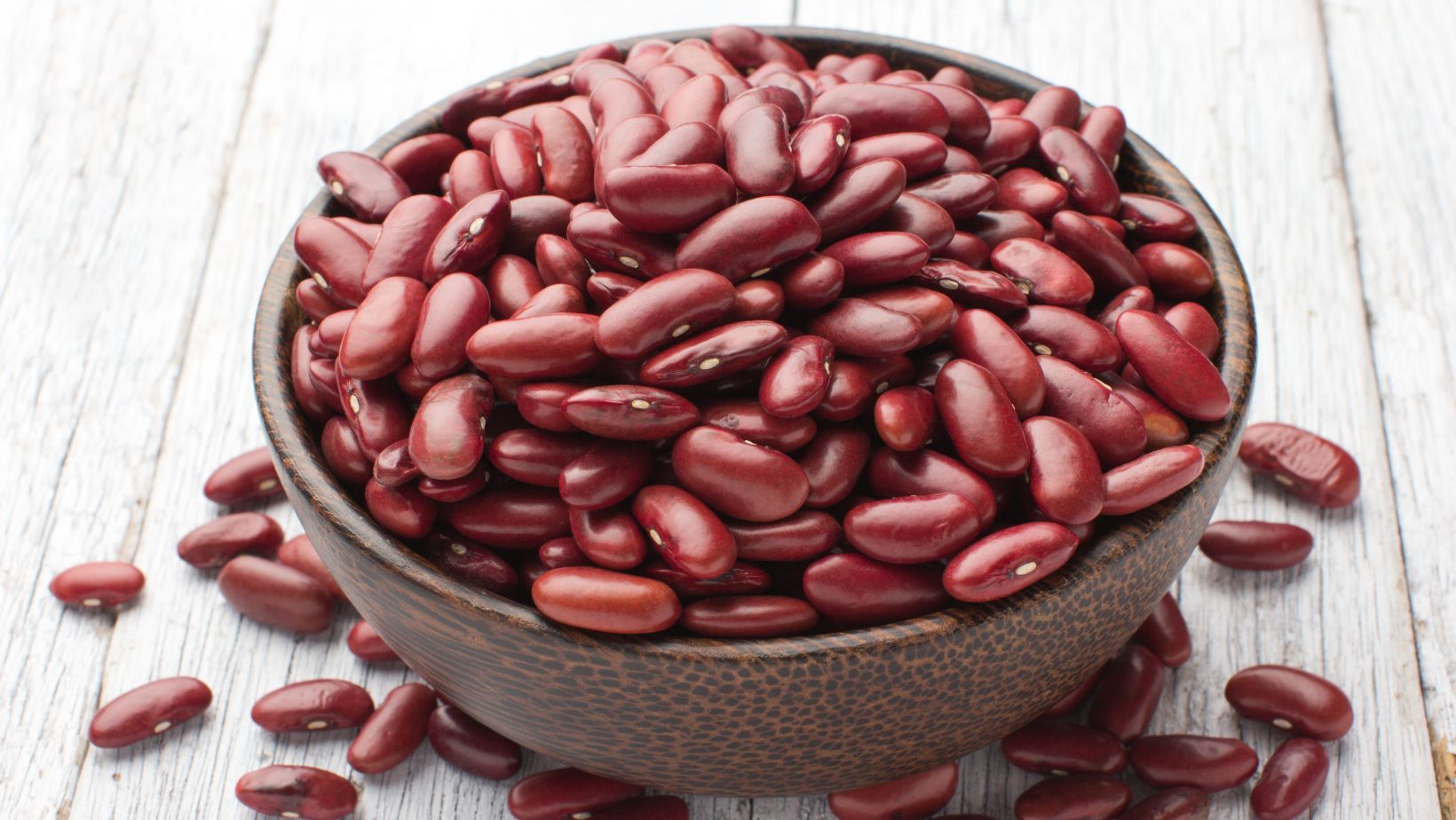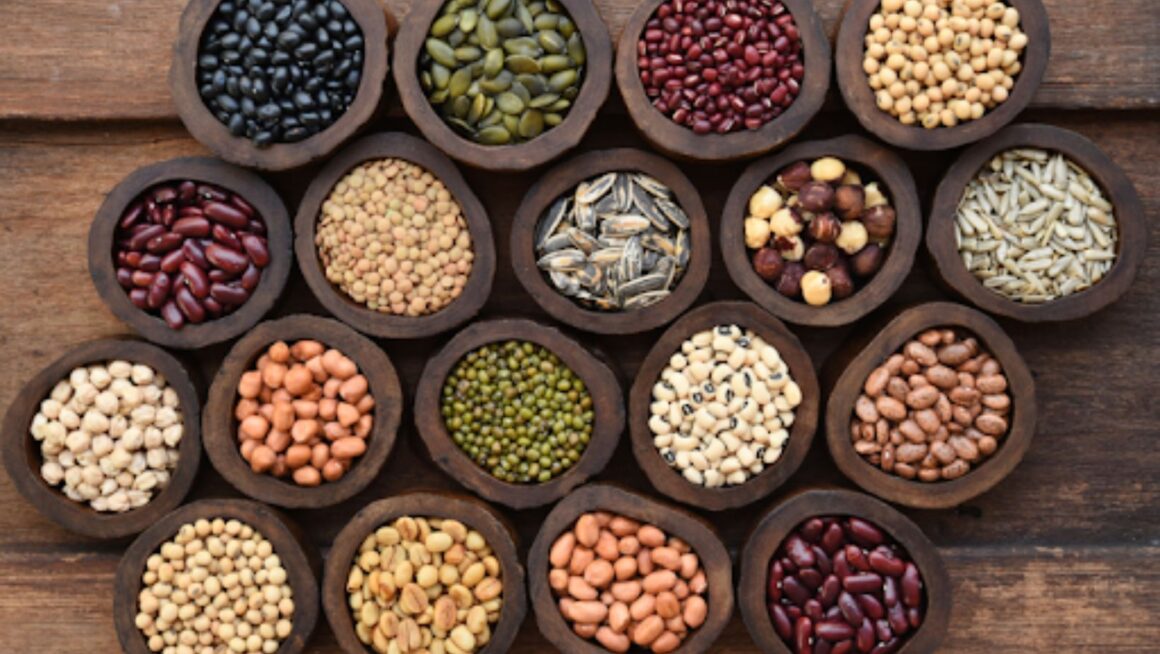When selecting mung beans or black beans in the supermarket aisle, few realize these humble legumes harbor a remarkable sugar molecule called Ajugose. This hexasaccharide (six-sugar molecule), scientifically named Ajugose, serves not just as a plant’s “energy vault” but also as its “survival wisdom” against environmental challenges.
The “Code Sugar” of Flora
Under microscopic examination of black bean seed coats, Ajugose appears like six linked train cars, meticulously assembled from galactose and glucose units. Its unique structure provides exceptional stability, remaining intact even at 80°C – explaining why traditional Chinese medicine processing methods like roasting and sun-drying preserve its bioactivity.
In nature, Ajugose primarily exists in three plant categories: common edible legumes, medicinal herbs like Dipsacus asper (Xu Duan) and Rehmannia glutinosa (Di Huang), and conifers such as spruce. Intriguingly, these plants’ seeds or roots all face similar survival challenges requiring long-term energy storage and environmental resistance.
Botanical Survival Strategies
During black bean germination, Ajugose activates like a backup power system. Enzymatic breakdown gradually releases energy for seedling growth, functioning like nutrient-rich military rations compared to glucose’s “emergency biscuits.”
In drought conditions, Ajugose concentrations silently rise within plant cells. Acting as microscopic sponges, they regulate cellular moisture to sustain basic functions. Before winter, spruce needles accumulate Ajugose that works like biological antifreeze, protecting cell membranes from ice crystal damage.

Recent studies reveal Ajugose’s role in plant “memory.” After environmental stress, metabolic traces of Ajugose remain, creating “sugar markers” that help offspring plants adapt faster to similar challenges – essentially a botanical “survival database.”
The Invisible Guardian on Our Tables
The gas-producing effect of boiled mung bean soup reveals Ajugose in action. Lacking enzymes to digest this unique sugar, humans rely on gut microbiota to break it down, producing beneficial gases. While occasionally embarrassing, this process hints at Ajugose’s prebiotic potential – laboratory studies show it promotes bifidobacterium growth by 30-50%.
In the world of traditional Chinese medicine, a spiky plant called Dipsacus asper has been used for centuries to help heal broken bones and reduce swelling. Scientists have discovered that a special sugar molecule in this plant, called Ajugose, plays a key role in its healing power. Imagine your body’s immune cells as tiny security guards – when you get hurt, these cells release chemicals like TNF-α to fight invaders, but sometimes they overreact and cause too much inflammation. Ajugose acts like a wise mediator, calming these overenthusiastic cells. Lab experiments show it can reduce the release of TNF-α by nearly half, explaining why herbal poultices containing this plant help injuries heal faster with less pain and redness. What’s fascinating is that traditional herb preparation methods, like roasting the roots, actually make Ajugose more effective – it’s like unlocking a hidden level in a video game to boost its natural abilities.
Beyond medicine, Ajugose is making waves in everyday products we use. Its secret lies in its molecular structure – picture six sugar units linked together, each covered with tiny “arms” (hydroxyl groups) that grab water molecules like magnets. This makes it a superstar moisturizer. While common ingredients like glycerin need frequent reapplication, Ajugose creates a protective water shield that keeps skin hydrated longer. Imagine a desert plant storing water in its tissues – that’s how Ajugose works in face creams, helping skin stay soft all day.
But there’s more – this plant sugar might revolutionize our diets. For people who need to watch their sugar intake, Ajugose offers a sweet solution. It tastes about half as sweet as regular sugar but doesn’t cause blood sugar spikes. Think of it like a slow-burning fuel: instead of flooding your bloodstream like regular sugar, it travels safely to your gut, where it feeds good bacteria. Early experiments show it could be used in diabetic-friendly treats like ice cream or drinks, providing sweetness without the health risks.
Nature’s Revelations
From ancient bone remedies to modern skincare and healthier desserts, ajuga demonstrates how nature’s chemistry can solve multiple problems at once. Benchchem scientists remind us that sometimes cutting-edge solutions aren’t invented in a lab—they’ve been quietly growing in plants, waiting to be understood.

From black beans to spruce trees, Ajugose exemplifies plant adaptation intelligence. This hexasaccharide transcends energy storage, embodying millennia of evolutionary strategy. When sipping mung bean soup or applying herbal patches, we should appreciate these microscopic sugar molecules – vessels of sweetness and biological wisdom.
Next time you open a bean pod, imagine the dancing “Ajugose codes” within: recording ancestral climate memories, storing survival blueprints, and guarding undiscovered natural secrets. These nanoscale sugar molecules await scientific exploration to unlock their full potential.



